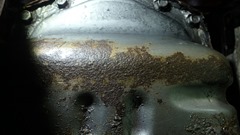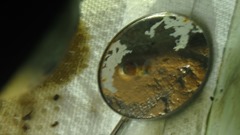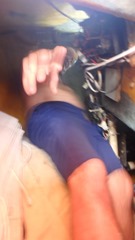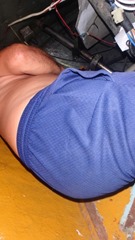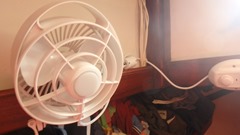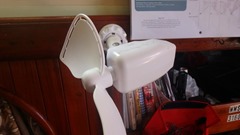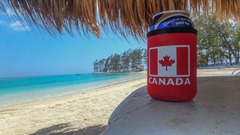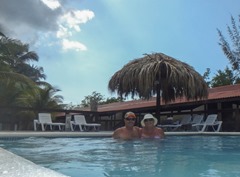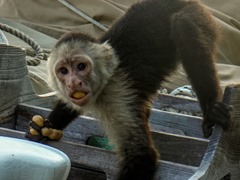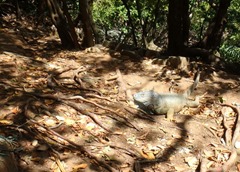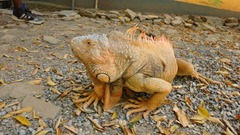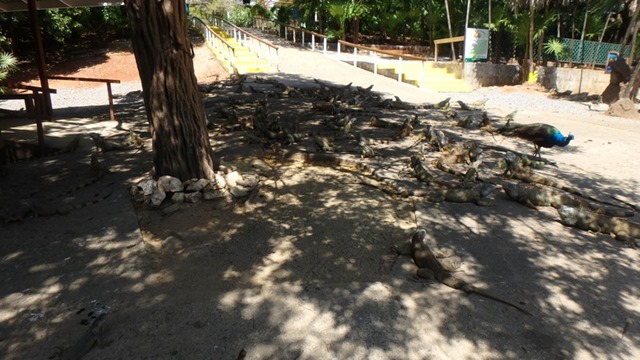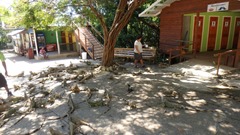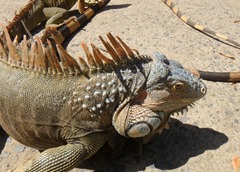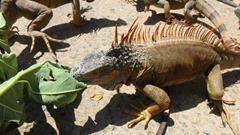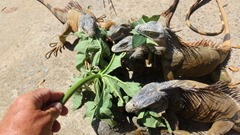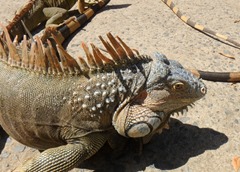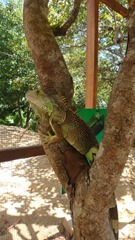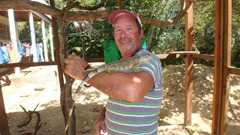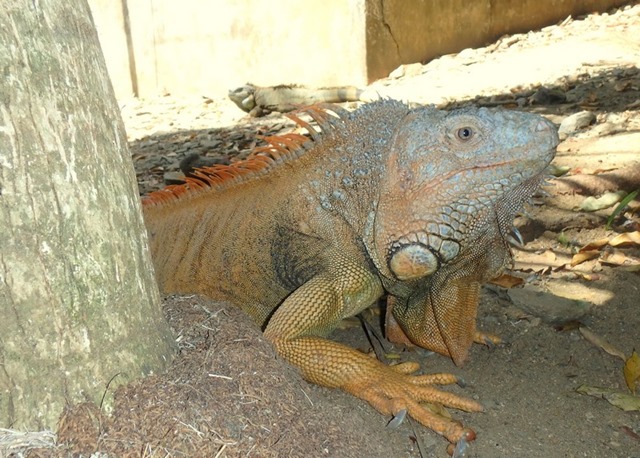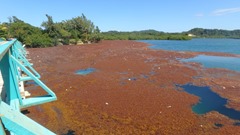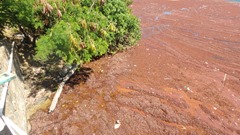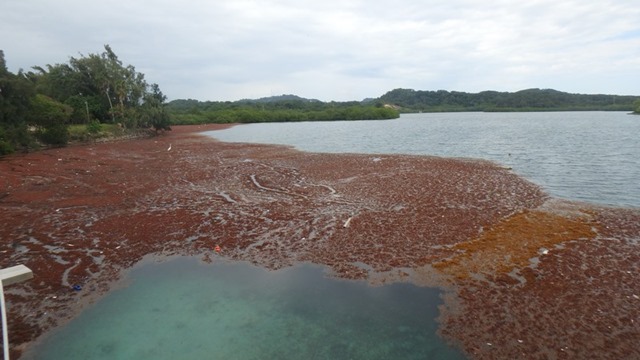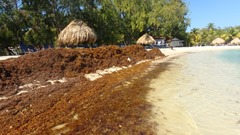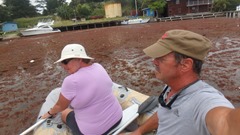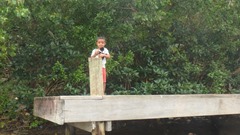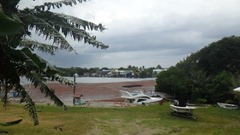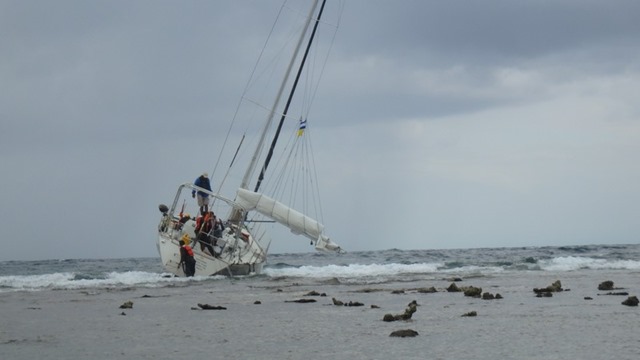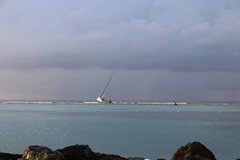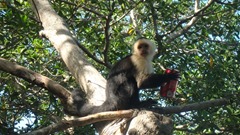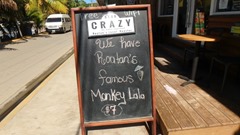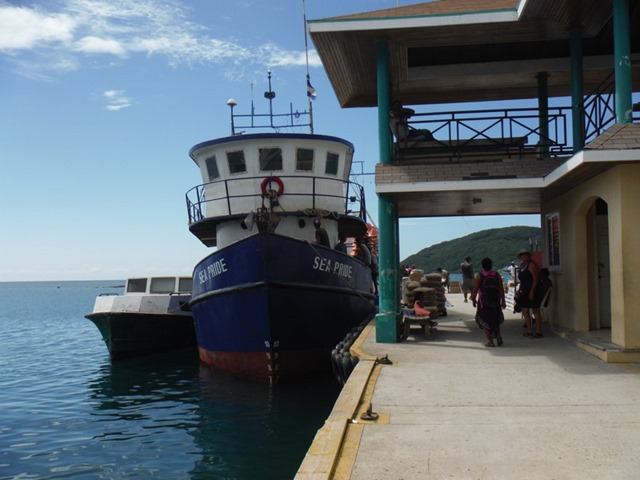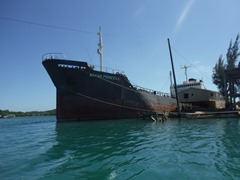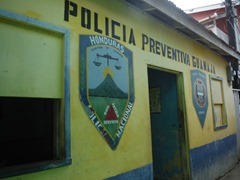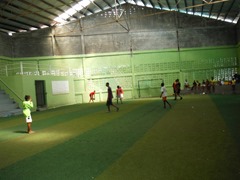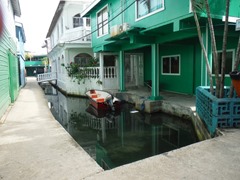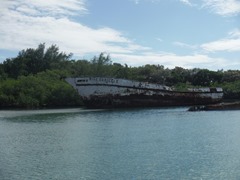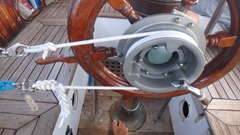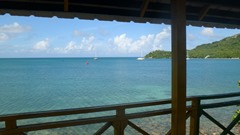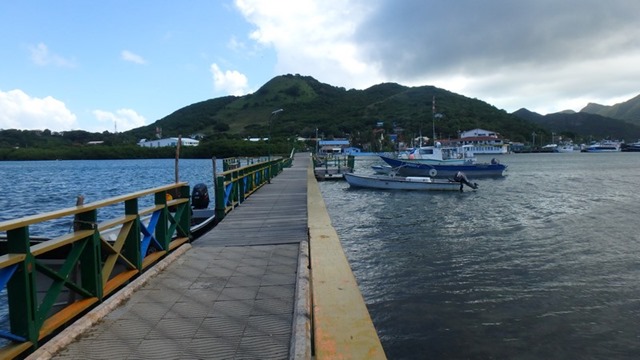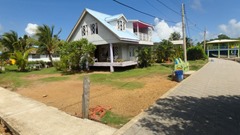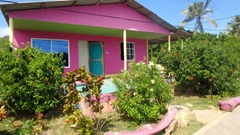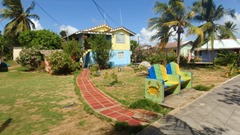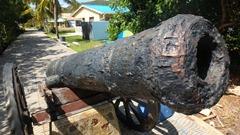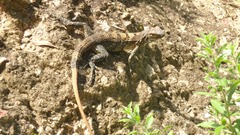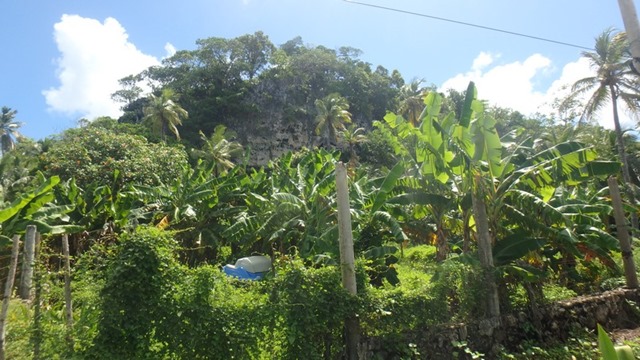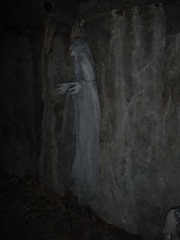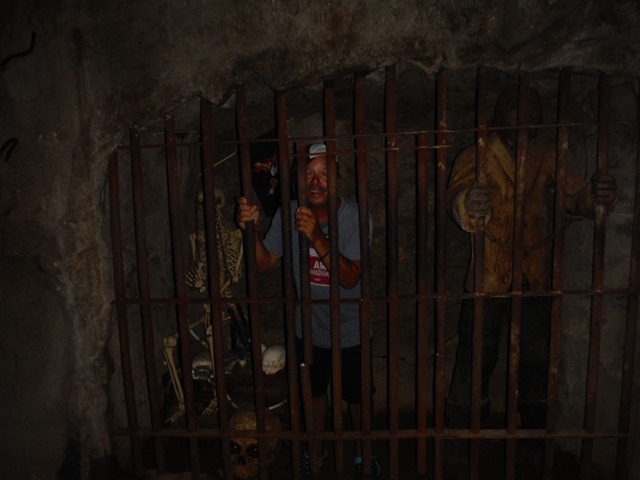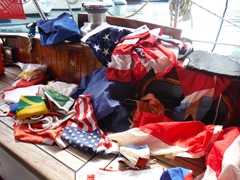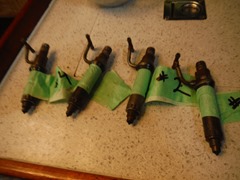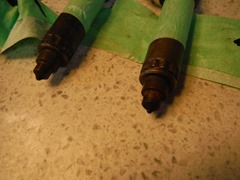We are back in Roatan, after enjoying a fantastic Canadian summer. We didn’t get to see everyone we wanted too, it seemed the time went by so fast, all I can say is next time.
Leaving Toronto, we were delayed, waiting for passengers, which caused us to miss our connection in Houston. The airlines wouldn’t pay for accommodations, the airport hotel was $180.00 US a night. We settled for the Ramada $59.00 US a night with airport shuttle and breakfast, also 2 for 1 happy hour drinks with unlimited snacks. If we had to be held up, this was a great place to spend the time.
We love Roatan, and love the country, but there is some shit going on that can drive someone nuts. When arriving in Roatan and going through immigration the last thing you have to do is x-ray your bags before leaving. Our four bags had been scanned numerous times, both in Canada and the U.S., nothing was flagged. Flying back to Mistress we load up on boat parts and supplies that are nearly impossible to find here. In our luggage was a heat exchanger, similar to a radiator on a car, that set off red flags. We showed the two custom official our receipt,and after some discussion it was determined that we needed to pay a tax of $600 US dollars. they could not understand our receipt was in Canadian funds. They wanted us to leave the bag with our heat exchanger and a lot of other stuff in the office. this could possibly take months for the customs to sort out. Muriel said “we will go to customs in town right now and get this straitened out”. We loaded our remaining bags in a cab, and told the official we would be back, and took all the papers to pay duty. As we were leaving, the male officer asked us to take his number if we had problems, we could call him. That seemed a bit strange. When we got to town, we found that the customs office is closed on weekends, the Port captain told us the if we came by plane all dealings are at the airport. On our way back to the cab the driver receives a call and gives the phone to Muriel. It was the Custom Agent from the airport, he explains to her that to hire a agent, to broker it in to the country would be at least $600 US., and would take at least one month, but if she gives him 300US he will give us our bag. Muriel replied “We will go to the marina, and call an agent, and ask all the other boaters if he has done this to them”. called him a bandito and hung up. One minute later he calls the cab driver back and asks to speak to the me. He will do us a favour, and give us our bag for 300 I say, “No”. We finally settle on $250 US, we would meet in the gas station to give him the money, but get no receipt. Then back to the airport to retrieve our bag. we know we were scammed, but we knew if we left the bag at the airport we would never see it again. Not only were we scammed by him, the cab cost us $60 US for all his back and forth. They are a team. People say we should complain and put an end to this shit of officials bribing tourists or cruisers. The sad fact is we have to deal with these same officials to leave this country with our boat.
After getting all our luggage back to the boat we acclimatized for a couple of days. Before starting any projects we came back to a new motor problem a leaking oil pan. somehow we developed a pinhole in the oil pan and lost all the oil. Luckily we have a catch tray underneath the motor, it was easy to clean it up,using a pump, but still a pain in the butt just the same.
In the coming weeks we will replace the heat exchanger, but for now we are doing small projects refitting Mistress to get ready for the upcoming season. After inspecting the pan, I cleaned and epoxied the bottom. The job is more difficult because your looking through a dental mirror and working upside down. 65 year old guys don’t make good contortionists. The fresh water pool is only a short walk away, so keeping cool is not a problem, but we have to lock the boat up, so the thieving monkey doesn’t run away with things.

